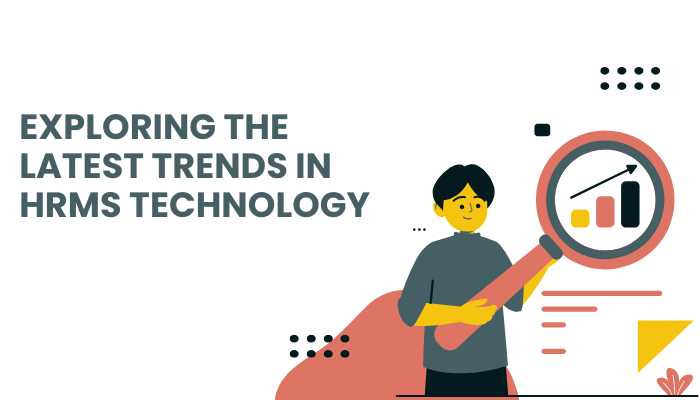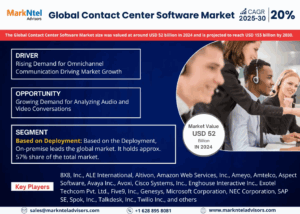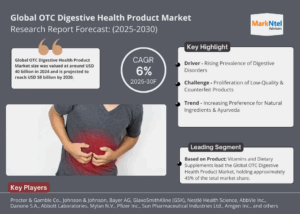Current HRMS Landscape in the Present Trend of Landscaping As proclaimed by several Shots of AI, Automation, and Cloud Computing, new driving forces in modern HRM systems or its landscape into terrific acceleration. In as enormous, or much smaller, organised businesses have evolved for delivering workforce management practice as nippy and fast as it probably could be and within the prevalent technologies in world HRMS to this extreme.
This essentially means that perceptions have changed for HRMS solutions; they are not just payroll and attendance-based applications anymore. Analytics would be in the form of AI-based insights, workforce engagement tools, and compliance management systems, which need to be honed and optimised to reap maximum benefits out of workforce productivity. This blog introduces new trends about HRMS software and how that is affecting companies currently; it explains what businesses ought to do after coming up to update their existing HR system.
The most updated HRMS software is based on artificial intelligence and automation. AI-based HRMS provides automation of complicated administrative tasks without human errors, hence making better decisions.
-
AI-Based Recruitment and Talent Acquisition
Unlike the usual recruitment that’s always time-consuming and not devoid of bias, AI-based HRMS tools have machine learning algorithms analysing a resume to fit candidates to a job, predict the success of a candidate and reduce the span of hiring into the organisation, thus acquiring good talent.
-
Chatbots for Employee Support
Even in HRMS, AI-based chatbots come in as a component of 24/7 support to the employee. It’s even the same for all purposes that cover from leaves to payroll to even benefits. With that, in so far as cutting down on workloads from the HR, virtual assistants increased employees’ satisfaction level.
-
Automated payroll processing:
Payroll management is fully automated. Regarding this, the software assures the error-free payroll calculation, correct tax deduction, and level of compliance monitoring. This, therefore, leads to the proper payrolls being processed at the proper time. This, thus, helps reduce the financial as well as legal risks.
-
AI-Driven Workforce Analytics
It will enable organisations to measure and track the performance, engagement, and turnover of employees with AI-based HR analytics. Predictive analytics will tell them what future issues there are related to the workforce so that the organisation can take a preemptive action by retaining the right talent.
These days, the way HR software comes in cannot be an on-premise installation. The future of workforce management is going to be at a cloud level; it’s cost-effective, flexible, and scalable.
-
Access and Remote Workforce Management
Since remote and hybrid work models become the new trend, businesses should have an HRMS system through which access to the workforce would be possible. The system might offer flexibility. It is a cloud-based HRMS which allows access online to HR data for devices on to which HR teams and employees do work from remote locations to execute tasks.
-
Better Security with Data Protection
Current encryption and MFA increase the security factor of HRMS software. Legislation on security matters like GDPR and CCPA transferred the worry regarding compliance with safety capabilities to the arena of the HRMS companies.
-
Cost-Efficiency and Scalability:
It operates on a subscription in the cloud. This builds the ability in the hands of the company to scale up and down at one’s will without making any immense upfront investments in it because only on the grounds of necessity does it charge it.
-
Interoperability with Other Business Software
This will also enable cloud-based HRMS software to interconnect real-time applications made available in any given organization, for example, the enterprise resource planning software, customer relationship management software, and project management software, among many others, this because the streams of information streamed into the department go unhindered as the HR department enhances their enrichment on levels of the corporation’s productivity levels.
Read Also: Boost HR Efficiency With Smart HRMS Tools In 2025
Conclusion:
If the organisation would want to survive, it would make employee engagement a part of its focus, and the space for modern HRMS software to compete is the betterment of employee experience.
Visit the site for blog: https://theguestblogs.com/





